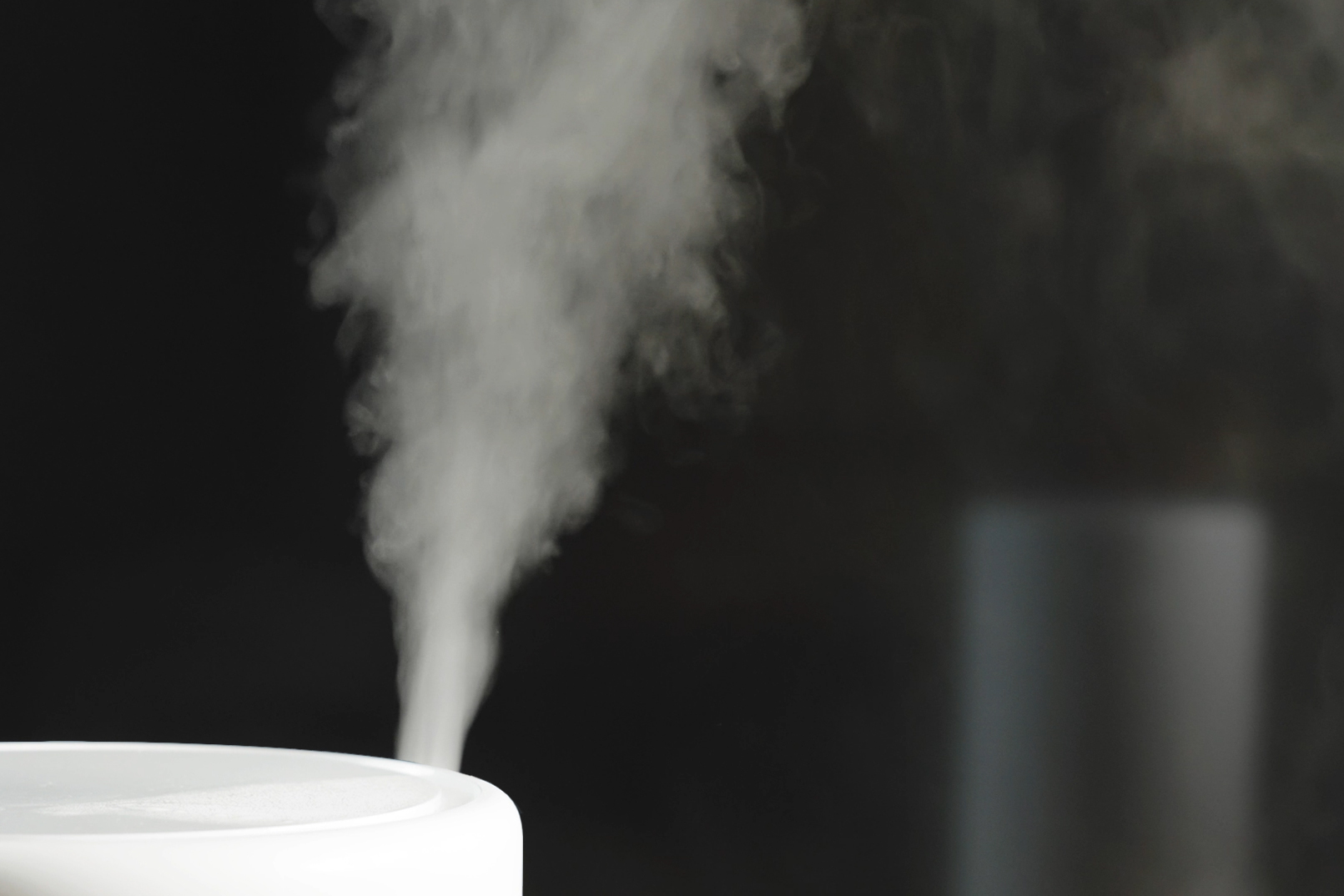Indoor air quality is a silent but potent influencer of our overall health and well-being. In many homes, the very air we breathe can harbor invisible threats, such as mold spores that proliferate in damp, poorly ventilated spaces.
These unwelcome guests can trigger allergies, exacerbate asthma, and lead to a host of other health issues. Imagine walking through your home, feeling the fresh breeze of clean air, free from the hidden dangers lurking in corners and beneath sinks.
Fortunately, transforming your living environment into a safe haven is within reach. By adopting simple yet effective strategies, you can significantly reduce mold exposure and breathe easier.
This article will explore practical tips and proactive measures designed to combat mold and enhance the quality of the air inside your home. Join us on this journey toward a healthier indoor environment, where each breath brings vitality and peace of mind.
Identifying Common Sources of Mold in Your Home

Identifying common sources of mold in your home is a crucial step in improving indoor air quality and reducing health risks associated with mold exposure. Mold inspection St Petersburg fl advises starting by scrutinizing areas often overlooked, such as under sinks, behind toilets, and in the corners of basements. Bathrooms, with their frequent moisture, are notorious culprits, often harboring mold around tubs, showers, and faucets.
Kitchens, too, can provide a breeding ground, particularly around leaks from appliances like refrigerators or dishwashers. Don’t forget about ventilation systems—stale air can circulate allergens throughout your living spaces.
Additionally, consider the spaces where houseplants reside; overwatering can encourage mold growth in damp soil. Regularly checking these hotspots can help you stay ahead of potential mold growth and foster a healthier indoor environment.
Maintaining Optimal Humidity Levels

Maintaining optimal humidity levels is a crucial step in reducing mold exposure and improving indoor air quality. Ideally, indoor humidity should be kept between 30% and 50%.
When humidity rises above this range, moisture can accumulate, creating a breeding ground for mold spores, which can then infiltrate the air we breathe. Utilizing a hygrometer allows you to monitor levels effectively.
If you find that the air feels heavy or clammy, its time to take action. Dehumidifiers can be your best ally, especially in damp areas like basements or bathrooms.
Conversely, during drier months, a bit of humidity can help maintain comfort, so consider using humidifiers wisely. Regularly ventilating your home, especially after cooking or showering, allows excess moisture to escape—simple yet powerful.
Remember, the key is balance; keep an eye on those levels, and you’ll significantly reduce the risk of mold while enjoying a healthier indoor environment.
Ensuring Proper Ventilation in Indoor Spaces

Ensuring proper ventilation in indoor spaces is essential for maintaining a healthy environment and minimizing mold exposure. Stale air is a mold’s best friend, creating the perfect breeding ground for spores to flourish.
To combat this, open windows whenever weather permits, allowing fresh outdoor air to circulate and dilute potential pollutants. Additionally, consider using exhaust fans in kitchens and bathrooms, where moisture levels tend to spike due to cooking and showers.
However, remember that not all ventilation is created equal; strategic airflow can make a significant difference. For instance, installing a heat recovery ventilator can help maintain temperature while exchanging stale indoor air with fresh, filtered air from outside.
Regularly check and clean your HVAC system to ensure it operates efficiently and prevent dust buildup that can exacerbate mold growth. Little adjustments here and there can lead to a dramatic improvement in air quality, ultimately creating a safer, more comfortable indoor atmosphere.
Conclusion
In conclusion, prioritizing indoor air quality is essential for creating a healthy living environment and reducing exposure to mold. By implementing the tips discussed—such as maintaining proper humidity levels, ensuring adequate ventilation, and promptly addressing water leaks—you can significantly lower the risk of mold growth in your home.
Regular mold inspections, such as those offered in St. Petersburg, FL, can provide additional peace of mind and help identify any hidden issues before they escalate.
By taking proactive measures, you not only enhance the air quality within your space but also safeguard the health and well-being of your family. Remember, a little vigilance can go a long way in fostering a safe and comfortable home.


